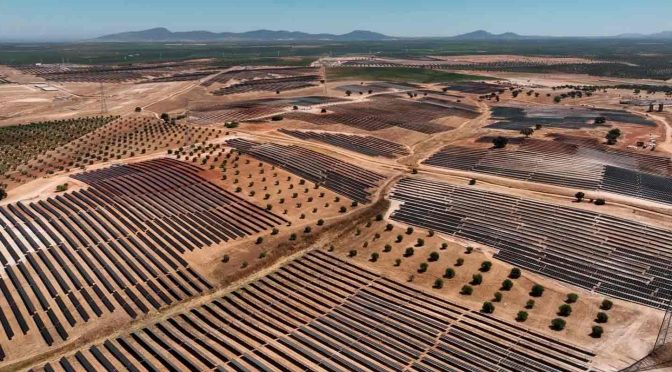Solar power is set to emerge as the leading choice in renewable energy development worldwide by the end of this year, as increasing installation costs of other technologies drive up their prices. According to a report by Fitch Solutions, global renewable energy capacity is projected to expand by approximately 380 gigawatts (GW) in 2023, with over 70% of this increase coming from solar-powered facilities. Onshore wind is expected to contribute 21% to the capacity growth, while offshore wind will make up 3%.
Fitch Solutions also highlighted the challenges faced by the wind power sector in its expansion efforts, particularly due to the increasing demand for metals. This demand exposes the industry to price volatility and supply risks, making solar power a more attractive option in comparison.
While some governments are still considering natural gas as a potential resource for energy transition, this reliance on natural gas could result in higher electricity prices for consumers. In the Philippines, for instance, the Department of Energy has proposed a circular that recommends distribution utilities source a certain percentage of their electricity from liquefied natural gas (LNG) facilities. However, concerns have been raised regarding the country’s need to import LNG supply, which raises the risk of higher prices for consumers.
These concerns have led to a surge in consumer interest in renewable power systems, particularly rooftop solar systems. The lower installation costs of rooftop solar, combined with the distributed solar capacity expansion that has been fueled by previous installation schemes, have contributed to the growing popularity of solar energy.
As the costs of solar installations continue to decline and technological advancements make solar power more efficient, it is expected to become the dominant force in the global renewable energy market. With its renewable and sustainable nature, solar power offers a promising solution for meeting the world’s growing energy needs while combatting climate change.
(Source: INQ)
FAQ
What is renewable energy?
Renewable energy refers to energy that is derived from natural sources that are replenished constantly, such as sunlight, wind, and water. It is considered sustainable and environmentally-friendly, as it does not deplete finite resources or produce significant greenhouse gas emissions.
Why is solar power becoming the top choice in renewable energy development?
Solar power is poised to become the leading choice in renewable energy development due to several factors. One key factor is the decreasing installation costs of solar technologies, which make it more economically viable compared to other renewable energy sources. Additionally, solar power offers a consistent and abundant energy source, as sunlight is readily available in most regions. Technological advancements also contribute to the increasing efficiency and effectiveness of solar panels, making them a reliable and attractive option for clean energy generation.
What challenges does the wind power sector face?
The wind power sector faces challenges related to its expansion, particularly in terms of the demand for metals. As the industry grows, it requires a significant amount of metals for the production of wind turbines and infrastructure. This demand exposes the industry to price volatility and supply risks, which could hinder its growth potential. Additionally, the installation of wind turbines often requires extensive land use and can face opposition from local communities and regulatory authorities.


